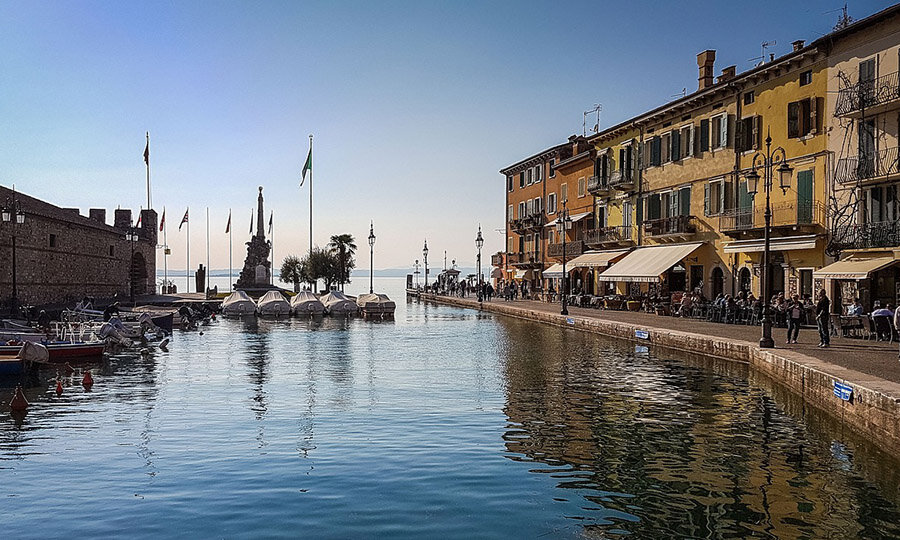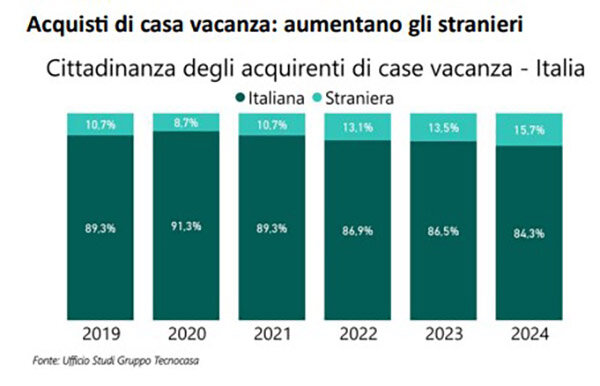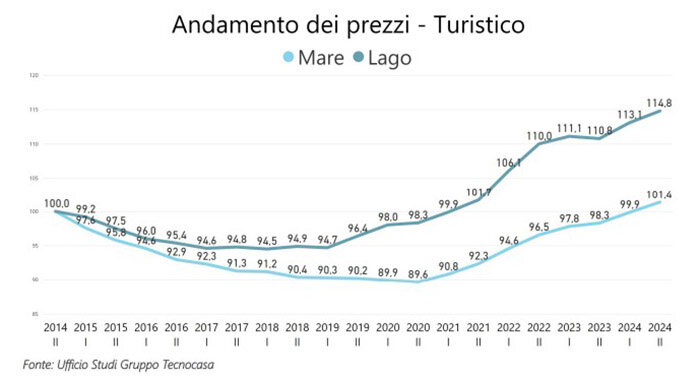читайте также
 How Many Years of Work Does It Take to Buy a Flat in Europe: Deloitte 2025 Data
How Many Years of Work Does It Take to Buy a Flat in Europe: Deloitte 2025 Data
 Hilton Bets on China, Japan, and India — and Eyes Georgia Next: How Global Travel Is Being Redefined
Hilton Bets on China, Japan, and India — and Eyes Georgia Next: How Global Travel Is Being Redefined
 Barcelona Joins Venice, Amsterdam, Kyoto, Hawaii, and Santorini in Raising Tourism Taxes in 2026: What Travelers Need to Know
Barcelona Joins Venice, Amsterdam, Kyoto, Hawaii, and Santorini in Raising Tourism Taxes in 2026: What Travelers Need to Know
 China’s Hotel Construction Pipeline Surges to Record High: Nearly 3,700 Projects Underway
China’s Hotel Construction Pipeline Surges to Record High: Nearly 3,700 Projects Underway
 Oman’s Tourism Surge: Hotels Record Double-Digit Growth in Revenue and Guests in 2025
Oman’s Tourism Surge: Hotels Record Double-Digit Growth in Revenue and Guests in 2025
 Thousands of Passengers Grounded Across Europe as Airlines Face 65 Cancellations and 1,824 Delays
Thousands of Passengers Grounded Across Europe as Airlines Face 65 Cancellations and 1,824 Delays
Italy’s Tourism Property Market: Foreign Buyers Step Up Activity

Italy’s property prices in popular seaside and lakeside tourist areas increased by an average of 1.5% by the end of 2024, with the share of transactions involving foreign buyers reaching 15.7%, noted a report by Gruppo Tecnocasa. Analysts link this to growing interest from both domestic and international buyers.
Foreign Buyers’ Preferences
In 2024, purchases of holiday homes accounted for 6.8% of all transactions handled by Tecnocasa Group agencies. The share of foreign buyers in this segment rose from 13.5% in 2023 to 15.7% in 2024. The report highlights increasing interest from Eastern European citizens, who increasingly choose Italy as a safe place to live and invest. Meanwhile, German buyers, previously a significant share, have decreased their activity, likely due to economic challenges in Germany. Notably, there has been renewed interest from American buyers—especially in Sardinia, where they are once again attracted to Olbia and other coastal areas. French buyers remain active in Liguria, while people from Northern Europe are active in many regions across the country.

The most sought-after properties in 2024 were three-room apartments, accounting for 31.2% of all transactions. The share of detached and semi-detached houses grew from 28.25% to 30% over the year. Two-room apartments accounted for 22.6%. There’s a clear preference for properties with lake or sea views. Most buyers aim for homes within walking distance of the shoreline, especially in seaside resorts. Foreigners tend to opt for more secluded properties with picturesque views, even if located further from the water.
By age, 56.4% of buyers were between 45 and 64 years old, while another 20.8% were between 35 and 44. The share of transactions conducted by single buyers fell from 18.6% in 2023 to 16.2% in 2024.

Holiday homes are traditionally purchased using personal savings, but in 2024 there was an increase in transactions involving mortgages. Lower interest rates made loans more accessible: the share of purchases using bank financing rose from 12.1% in 2023 to 13.8% in 2024.
Regional Changes
In the most well-known locations, high prices and limited supply have driven demand toward nearby or less popular areas. Lake Garda saw a price increase of 2.6%, the shores of Brescia rose by 2.8%, Verona by 2.2%, and Trento by 3.2%. Around Lake Iseo, prices rose by 0.1%, while Brescia saw a 3.2% increase, and Bergamo recorded a 3.9% decline.

At Lake Como, prices rose by 1%, and in the Lecco area by 1.7%. In Lazio, dynamics varied by location: prices around Lake Bracciano fell by 4.3%, while no changes were recorded around Lake Bolsena.
Among coastal areas, Molise (+4.2%) and Marche (+3.9%) led growth. Campania saw a rise of 2.2%, and Sardinia 2%.
Overall Market Trends and Rental Yields
According to ISTAT, new homes rose in price by 3.99% in 2024, while resale homes increased by 3.43% (real terms +2.15%). The rise was driven by recovering demand amidst weak construction activity, and mortgage rejections declined for the fifth consecutive quarter. Idealista reports that in Q1 2025, prices dropped by 2.6% year-on-year to €1,801 per square meter. Adjusted for inflation, this equates to a 4.6% decline. Nationwide, housing prices fell by 4.2%, with a real decrease of 5.3%.
In Milan, the average price was €4,986 per sq m, nearly unchanged from last year. In Rome, it was €3,124 (+3.4%), Bolzano €4,598 (+2.7%), and Venice €4,562 (+2.1%). Prices rose by 6.1% in Florence to €4,331 per sq m. In Bologna, they fell by 3.8% to €3,450, in Naples by 3.9% to €2,712, and in Palermo to €1,341.
Experts from Global Property Guide estimated the gross rental yield for residential properties in Q1 2025 at 7.50%. Leading cities by average yield included Catania (8.55%), Turin (8.34%), and Palermo (8.29%). In Rome, potential profit stands at 7.37%, Naples at 7.41%, and Florence at 7.10%. Milan is less profitable at 5.44%. Rental income is limited by taxes, maintenance costs, and current regulatory frameworks. Rental rates can be indexed at no more than 75% of inflation. In February 2025, the actual annual increase in rents was 3.4%.
Economic Outlook
Economic forecasts for Italy remain cautious. According to the European Commission, GDP growth in 2025 is projected at 1%, IMF forecasts 0.8%, and the latest Banca d’Italia projection stands at 0.6%. In 2026 and 2027, growth is expected to reach 0.8% and 0.7%, respectively.
Inflation is expected to stay within the range of 1.5–2%. Main risks are tied to geopolitical uncertainties and the new U.S. trade policy. Moreover, Italy continues to face bureaucratic and technical challenges in implementing projects funded by EU recovery funds.





